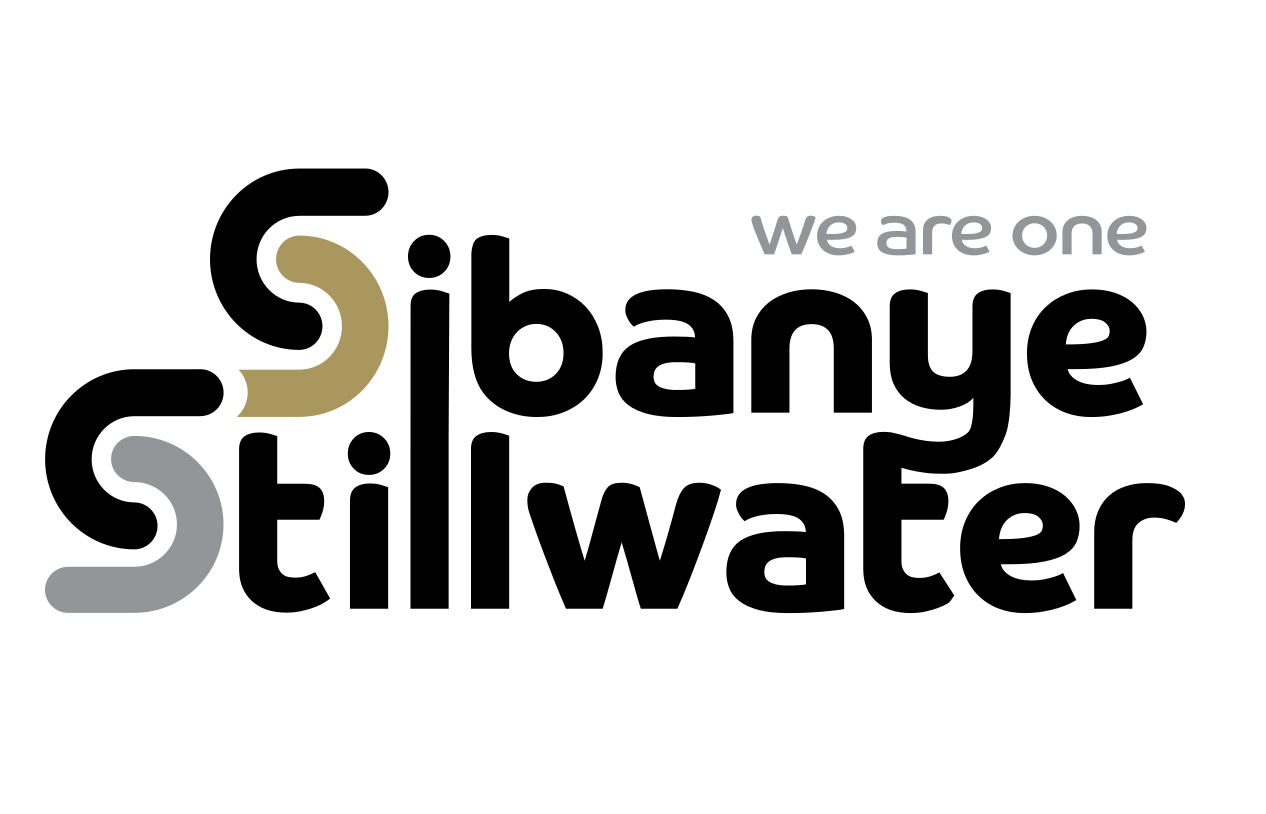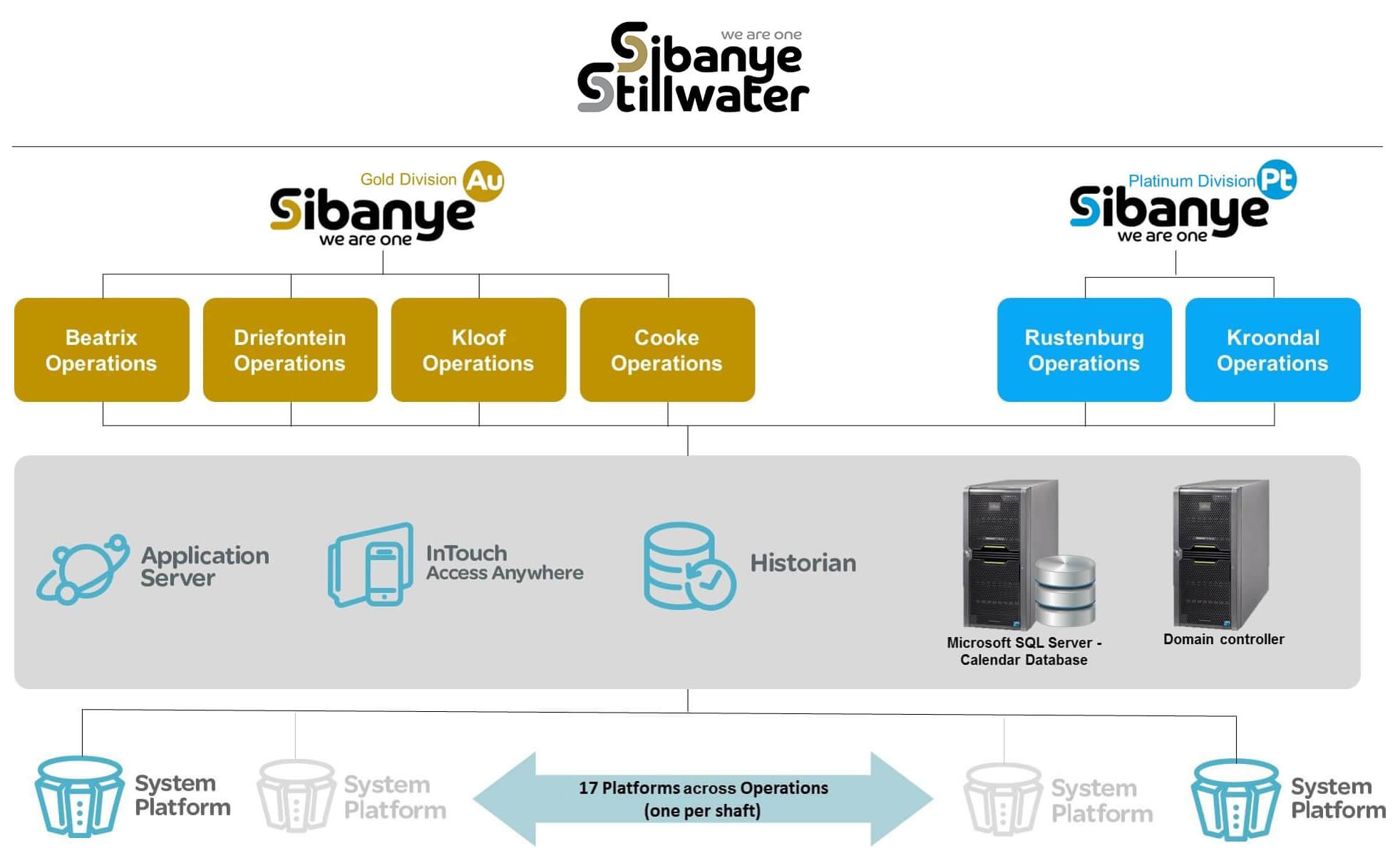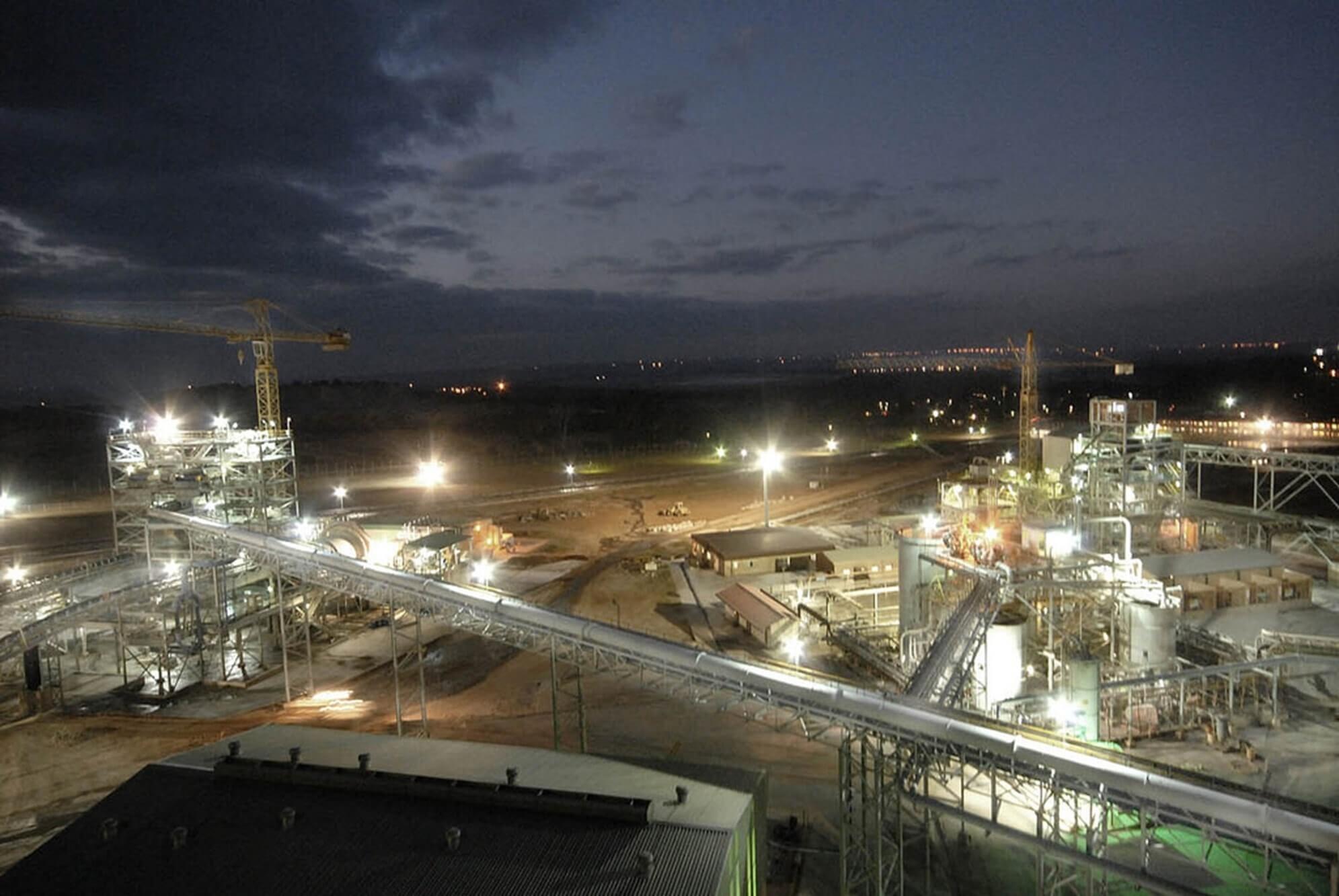Implementation
Sibanye-Stillwater launched an initiative to implement an enterprise-wide power control module that would meet the following criteria:
Consist of a singular application that spanned across and satisfied the needs of all Sibanye-Stillwater’s operations
Perform automated load shifting
Maintain usage within limits at all times (automated load clipping)
Provide centrally-managed control of the system, its equipment and its schedules
Continue operation in spite of network outages
“We chose a decentralised infrastructure model, which meant that, in the event of a hardware failure, only the local site would be affected while each Sibanye operation, shaft and PLC would be able to run independently in case of a communication failure,” says van Rensburg. “The solution that ticked all the boxes was [AVEVA’s] System Platform.”
“To better understand what the total power control module needed to do, it’s important to understand Eskom’s two-part tariff system,” says van Rensburg. “This consists of Load Shifting which means scheduling machinery to either stop working altogether or run unloaded during Eskom’s peak periods (18:00 to 20:00 in summer and 17:00 to 19:00 in winter – 2.5 times the rate for non-peak consumption). Then there’s Load Clipping which is done by unloading machinery during Eskom’s peak and standard tariff periods as per set targets.”
So schedules were created, configured and activated to cope with Load Shifting while targets were set and algorithms created and deployed to handle the Load Clipping aspect of power control. “Because of its real-time nature, we still can’t do Load Clipping during network failure,” explains van Rensburg. “But Load Shifting is no longer a problem because a register for the next 20 operations is programmed into the PLC every few seconds which means that it can continue to independently shift loads for up to a week if necessary.”
“Standardisation is crucial to operator efficiency it they change plants but it also provides a standardised communication ‘language’ and understanding between everyone involved who all have access to this production information. This lets them benchmark and compare their accomplishments to other plants because they all share a common standard for performance,” says van Rensburg.





